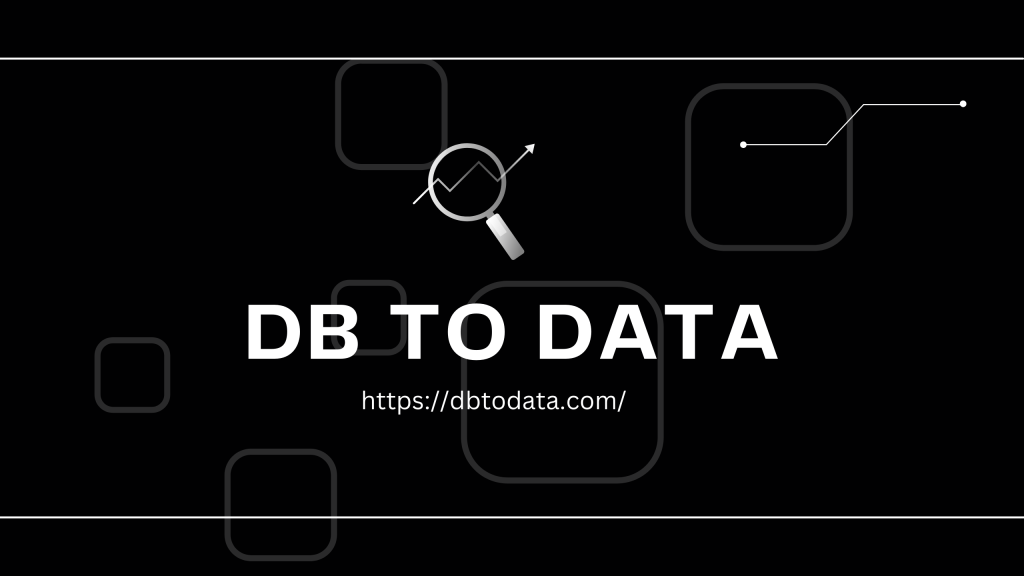Bottom line. Will anybody miss the content if it’s gone? If your answer is no, it’s time to remove it. This flowchart may be helpful: Removing Content Flowchart. How to remove content. If the content This is very can’t be updated in any of the. Above ways, it’s time to decide whether. To remove it – either blocking it from search. Engines or deleting it from your site. Block it In cases where you want to keep the content. On your site, but not have it appear in search results. Blocking the URL is probably your best bet. You can do that by adding the noindex meta tag.
You know your audience best
Off-topic. You can publish content about any topic you want, but you should focus your resources on the most relevant topics and subtopics and any adjacent DB to Data topics that make sense for your brand or business. Syndicated. Stolen/plagiarized. No historical significance. If you published content about an event, person, idea, or some other thing that is no longer important – especially if it failed to gain any long-term traction. This is very much a judgment call. . Very low number of pageviews in the past year. From there, it’s a judgment call – you have to determine what level of traffic makes a page worthy of retaining.
The website or content creator
Ads or supporting content distracts from the main content. Information about the website or CG Leads content creator is unsatisfying. has a mildly negative reputation. Types of content to consider culling: Thin content. This is often a vague term. I’ve historically defined “thin” content as content that is: Poorly written. Anything riddled with spelling and grammatical issues. Or it may just feel generally incomplete or thoroughly unsatisfying because it doesn’t deliver on its promise or answer your question.







